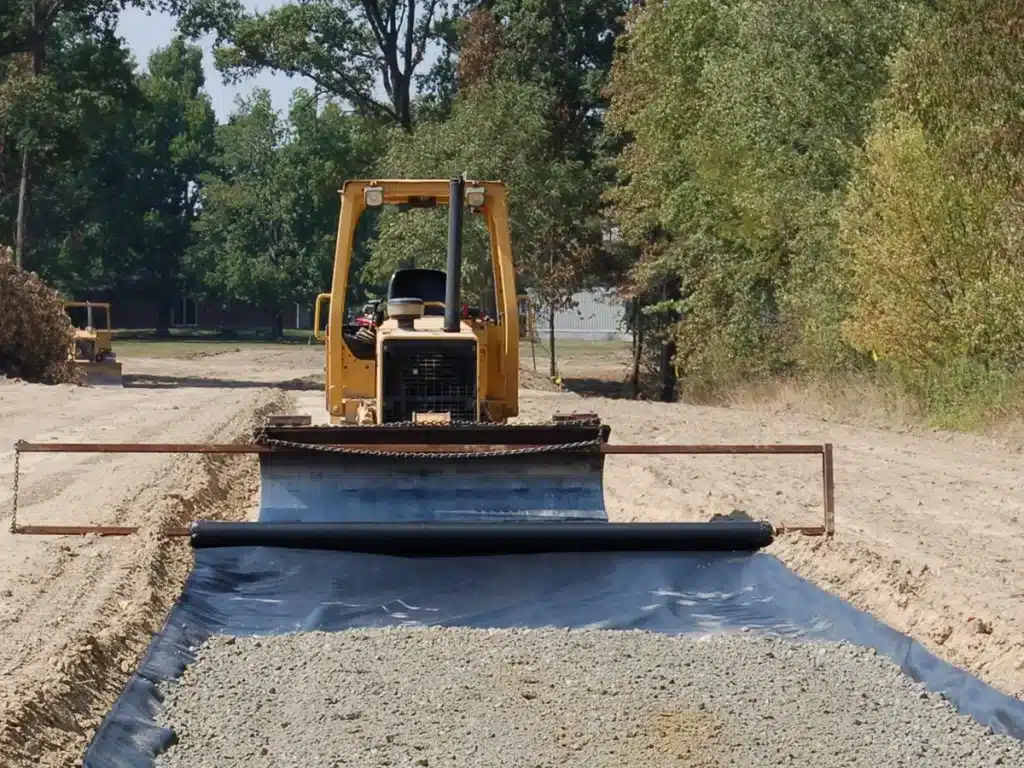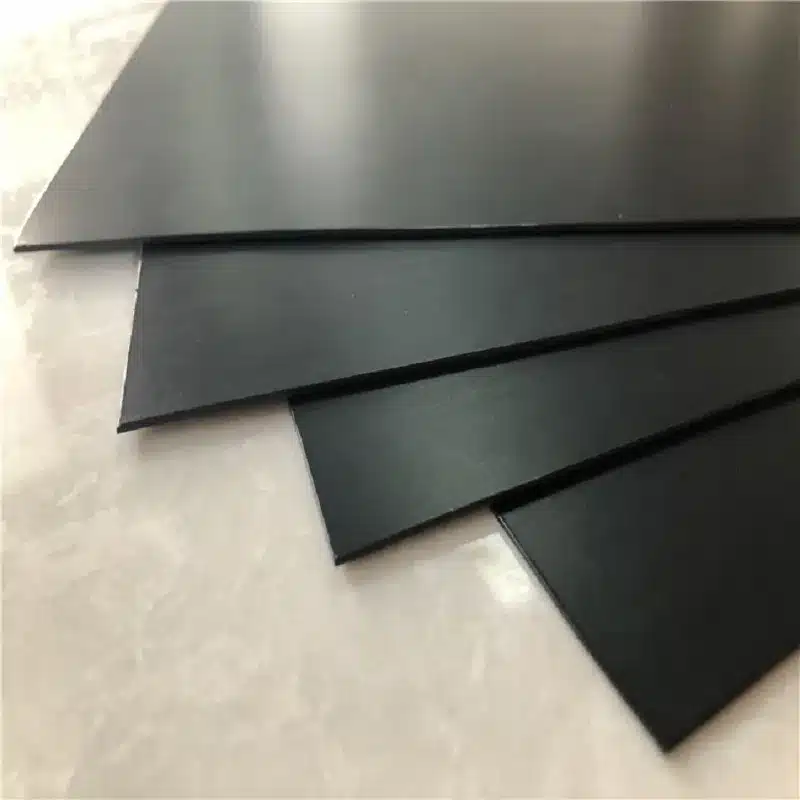+86-159 9860 6917
info@geofantex.com
geofantex@gmail.com
+86-400-8266163-44899
In this informative article, we delve into the world of geosynthetics. We’ll start by exploring the meaning of geosynthetics and provide real-world examples. Additionally, we’ll uncover the crucial functions of these materials and address the important question of their eco-friendliness.

What is the meaning of geosynthetic?
Geosynthetics are man-made materials used to improve soil conditions in civil engineering and construction projects. They are engineered to serve functions like reinforcement, separation, filtration, and drainage. Geosynthetics are crucial tools in contemporary engineering, providing innovative solutions to a range of challenges.
What is an example of a geosynthetic?
A typical geosynthetic example is geotextile fabric. Geotextiles are permeable textiles composed of synthetic fibers such as polypropylene or polyester. They find application in various construction scenarios, including road construction, retaining walls, and landfills, for filtration, separation, and erosion control purposes. Additionally, geosynthetics encompass a wide range of materials, including laminated PVC membranes made by calendering methods, woven and nonwoven fabrics with spread-coated impermeable membranes, and sheathed high-tenacity fiber bundles like geogrids, geonets, geomembranes, and geocomposites, each tailored to specific functions.

What is the function of geosynthetics?
Geosynthetics have diverse applications in civil engineering and construction. They strengthen soil for better load-bearing, prevent soil mixing by separating layers, and aid in drainage systems, filtration, separation, and water movement. Additionally, they play a vital role in erosion control to safeguard landscapes. These versatile materials also offer cost-effective and sustainable solutions for infrastructure development.
Are geosynthetics eco-friendly?
Geosynthetics promote eco-friendliness through factors like composition, usage, and disposal. They are engineered for durability, reducing the frequency of replacements and conserving resources. Furthermore, geosynthetics foster sustainability by enhancing soil stability and minimizing environmental disruptions. Proper installation and disposal practices also impact their environmental footprint. Recycling and reusing geosynthetics when possible contribute to their eco-friendliness and waste reduction. Geosynthetics help conserve energy and promote more durable and sustainable structures.
In conclusion, geosynthetics are versatile materials with a wide range of applications in civil engineering and construction. Understanding their definition, examples, functions, and environmental considerations is essential for making informed choices in engineering projects and promoting sustainable construction practices.



Get Free Sample
We’ll respond as soon as possible(within 12 hours)






















